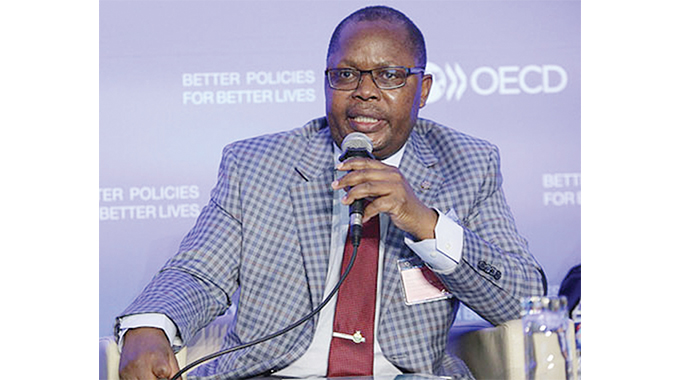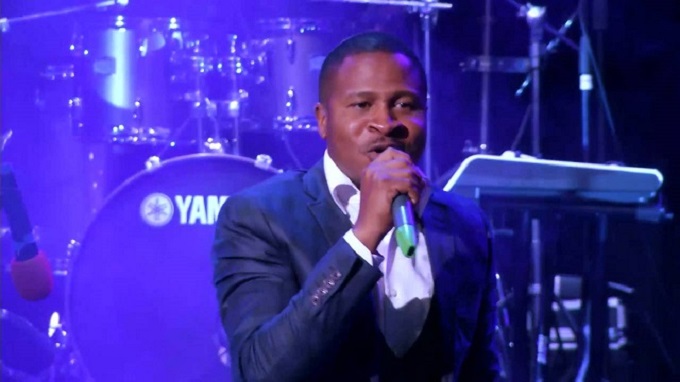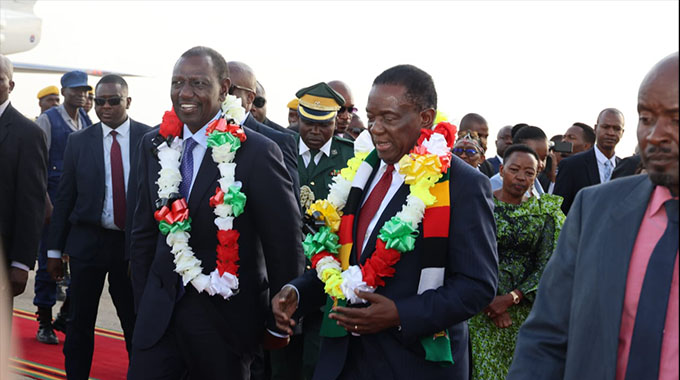House number 141, 10th Street, Makokoba…JZ Moyo’s buffer from the vices of the liberation war

Bongani Ndlovu, Chronicle Reporter
HOUSE number 141, 10th Street in Makokoba looks like any other in the oldest township in the City of Bulawayo — derelict, paint peeling off, with an old wooden door and concrete slab in front, with no gate or perimeter wall.
Makokoba is famous for many historical monuments such as Stanley Square and Stanley Hall, Amakhosi Cultural Centre and Big Bhawa.
The suburb is a melting pot of cultures as many people from different tribes and ethnicities have lived and still live in the suburb.
House number 141 is no ordinary house as it was the residence of one of the icons of the liberation struggle, Cde Jason “Ziyapapa” Moyo, a national hero who was the second vice president of the Zimbabwe African People’s Union (Zapu).
Struggle icon JZ Moyo
Cde Moyo, who was affectionately known as “JZ”, died on January 22, 1977 in Zambia after a parcel bomb explosion.
He had just returned from Mozambique where he had met the late former President, Robert Mugabe, to discuss the integration of Zanu and Zapu.
The veteran nationalist was reburied at the National Heroes Acre on August 11, 1981.
Cde JZ was a principal player together with other distinguished nationalists such as the late Vice-President Dr Joshua Nkomo,the late Cde Benjamin Burombo, the late former President Mugabe and the late Cde Jane Ngwenya, who was also a victim of the bombing that killed Cde Moyo. Getting to Cde JZ’s house is a slow and arduous journey as the pothole ridden roads are hard to navigate.
The situation is worsened by the many children playing on the streets, many oblivious of the historical importance of their suburb.
At the house of Cde JZ, a group of youths sat there yesterday discussing life issues about money and other things while there was a thriving hot chips and fresh food stall that was being visited by many.
The youths said they appreciated that a national hero of JZ’s stature lived in the street and are hoping that his house will be renovated soon.
Tafadzwa Mpofu, who lives eight houses from JZ Moyo’s house, said it was his grandmother who told him that the nationalist lived along their street.
“I learnt from my grandmother when I was young that Jason Ziyapapa Moyo lived along 10th Street on number 141. It was when I asked her about what I had read in the history books that she confirmed that indeed Cde JZ lived in Makokoba along our street,” he said.
Miss Leslie Chitaka, who runs a thriving hot chips and fresh food stall next door to JZ Moyo’s house, said she got confirmation that it was Cde JZ’s house when Zanu-PF Vice-President Cde Kembo Mohadi visited the place last year.
“The day that the Vice-President Kembo Mohadi came to open JZ Moyo’s house, they spoke about his life and his history and we saw his pictures and other belongings,” said Miss Chitaka.
For years many people in Makokoba, Bulawayo and even Zimbabwe did not know that Cde JZ lived among the people of Makokoba.
Last year, Government in a deliberate move to preserve Cde JZ’s liberation history and heritage mooted plans to make house, number 141, 10th Street Makokoba, a national monument.
The rebranding and refurbishment of the house in the city’s oldest suburb is in recognition of Cde JZ’s contribution to the liberation struggle and the need to preserve his legacy.
Friends of Joshua Trust and Zanu-PF are spearheading the project of converting the house into a national monument.
National Museums and Monuments of Zimbabwe executive director, Dr Godfrey Mahachi, said they had not started refurbishing yet.
“We have not yet started but what we do in such cases is to first conduct a study before gazetting the building as a national monument,” he said.
Cde JZ was born in Plumtree 1927 and went to Mzingwane School after which he trained as a builder and carpenter. He joined the trade union movement in Bulawayo in the 1950s.
His political activism started when he joined the Southern Rhodesia African National Congress Bulawayo branch and rose through the ranks to become its secretary and then its chairman in 1957.
His participation in politics led to his arrest and detention for three months on February 26, 1959.
In May of the same year, he was detained again at Marandellas (Marondera) prison under the new Preventative Detention Act and was only released in 1960.
In November of the same year, he was elected into the national executive of the National Democratic Party (NDP) at the party’s congress.
The party was subsequently banned in December of the following year and Cde JZ moved to Zapu as its national treasurer in 1962.
In 1963 when there was a split in the party after some of its leaders broke away to form the Zimbabwe African National Union, Cde JZ stuck with Zapu leader the late Dr Joshua Mqabuko Nyongolo Nkomo and was appointed financial secretary of the People’s Caretaker Council (PCC).
During the same year he was sent on a tour of various Commonwealth countries to discuss issues that were affecting the country then.
Soon after, he was appointed the council’s external executive and he moved to Lusaka where he remained until his death.
When an attempt was made in 1971 to bring Zapu and Zanu under one organisation Front for the Liberation of Zimbabwe (Frolizi), he refused and took over the leadership of Zapu.
In Lusaka he directed the first stages of the armed struggle. In 1975 he attended the Victoria Falls Conference that took place on August 26 aboard a South African Railways train halfway across the Victoria Falls Bridge.
The meeting was the culmination of the “détente” policy introduced and championed by Balthazar Johannes Vorster (John Vorster), the Prime Minister of South Africa, which was then under apartheid and was attempting to improve its relations with the Frontline States to Rhodesia’s north, west and east by helping to produce a settlement in Rhodesia.
The participants in the conference were a delegation led by the Rhodesian Prime Minister Ian Smith on behalf of his government and a nationalist delegation attending under the banner of Abel Muzorewa’s African National Council, which for this conference also incorporated delegates from Zanu, Zapu and the Frolizi.
Upon his return to Lusaka, Cde JZ was offered the position of deputy chairman to the late Ndabaningi Sithole in the Zimbabwe Liberation Committee (ZLC), but refused.
On September 12, 1975 JZ and three other Zapu representatives were suspended from the ANC by Bishop Muzorewa for his principled stance on issues.
On April 14, 1976, he became the second Vice President of Zapu. He was given full powers to deal with the military affairs of the party.
He built the Zimbabwe People’s Revolutionary Army (ZPRA), the military wing of Zapu and mobilised worldwide support for the freedom of Zimbabwe.
– Follow on Twitter @bonganinkunzi










Comments